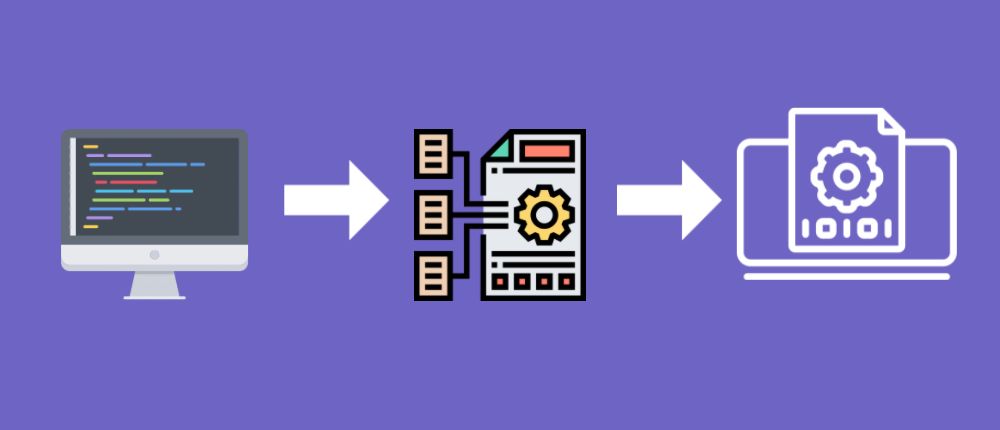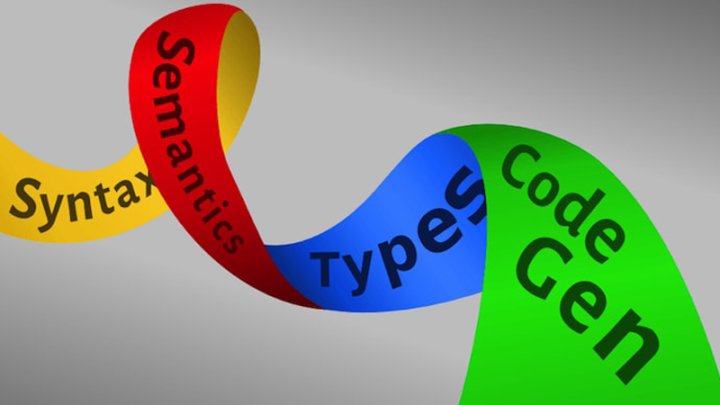Typed and untyped programming languages: differences and areas of application
Published
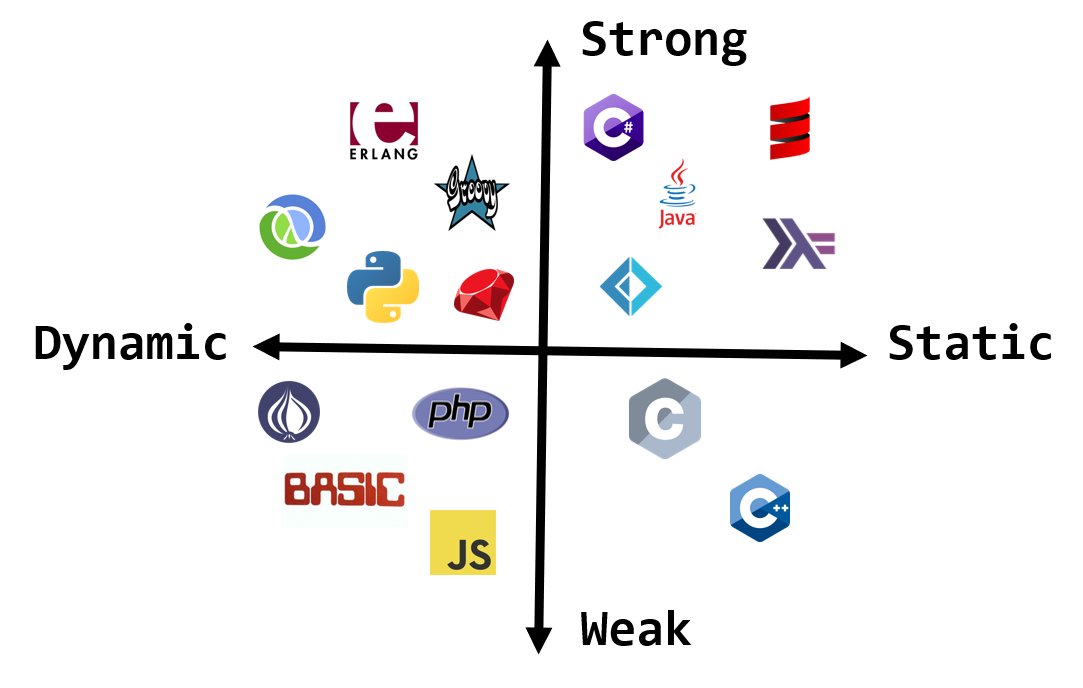
Typed and untyped Programming languages are two basic approaches in programming. In typed languages, variables and expressions are given a specific data type, while untyped languages do not require explicit data types.
The advantages of typed programming languages
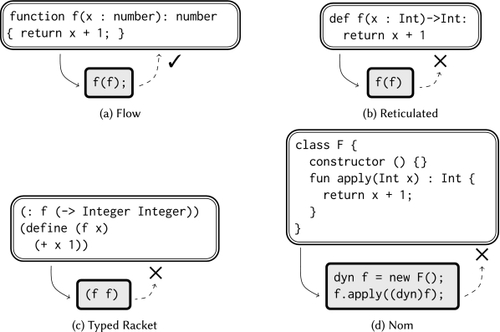
Those : dl.acm.org
Typed languages offer more control over program flow and enable early error detection. Because variables and expressions have a fixed data type, inconsistencies and type-related errors can be avoided. Typed languages also provide better support for code refactoring, automatic documentation, and code completion.
The advantages of untyped programming languages
Untyped languages tend to be easier to learn and offer greater flexibility. Because no explicit data types need to be specified, variables can take on multiple data types. This enables faster development and greater adaptability when implementing ideas. Untyped languages are particularly useful in areas such as scripting and prototyping.
Examples of typed and untyped languages
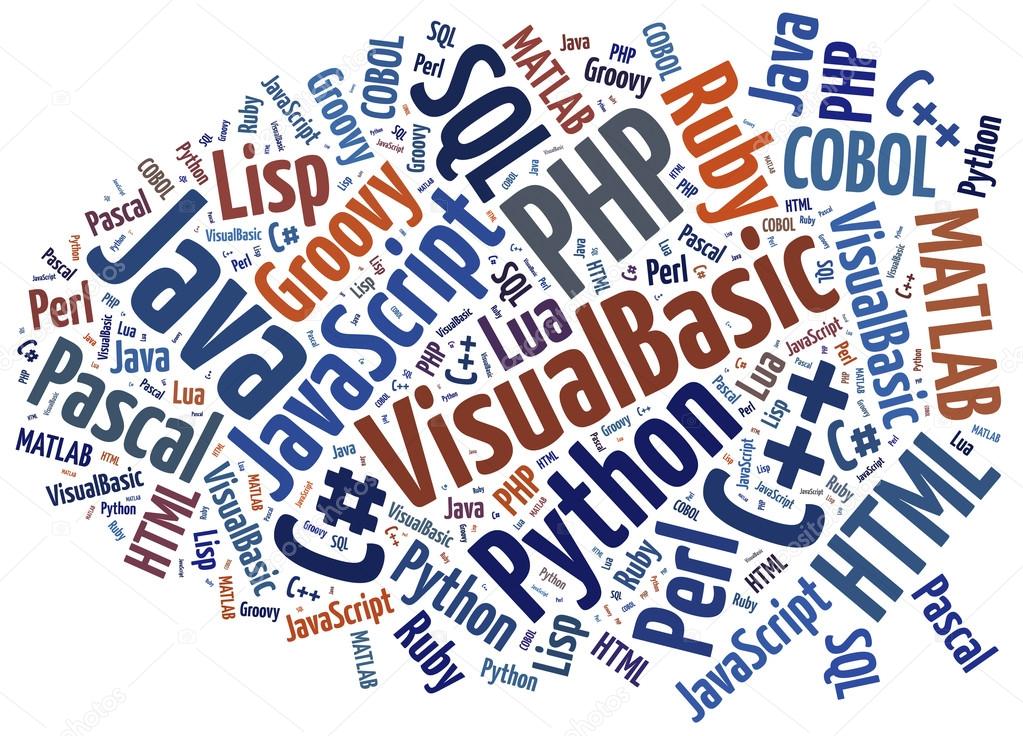
Those : depositphotos.com
Some examples of typed languages are Java , C++ , C# and TypeScript. These languages require that variables and expressions be assigned to a specific data type before use. On the other hand are JavaScript , Python and Ruby examples of untyped languages. In these languages, variables can take on different data types without having to be specified in advance.
Choose the right tool
The choice between typed and untyped languages depends on various factors, including the scope of application, project requirements, and developers' personal preferences. For large projects with a larger codebase and high levels of teamwork, typed languages are often a good choice to minimize errors and improve maintainability. However, for smaller projects or quick prototyping, untyped languages can be more efficient.
Summary
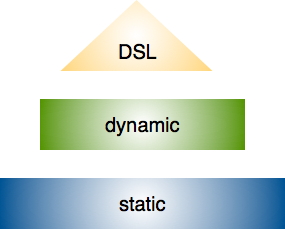
Those : codemag.com
Typed and untyped programming languages have different characteristics and offer different advantages and disadvantages. Typed languages provide control, error detection, and better code completion tools Documentation . Untyped languages, on the other hand, are more flexible and easier to use. Choosing the right language depends on the project requirements, scope and preferences of the developer ab.

